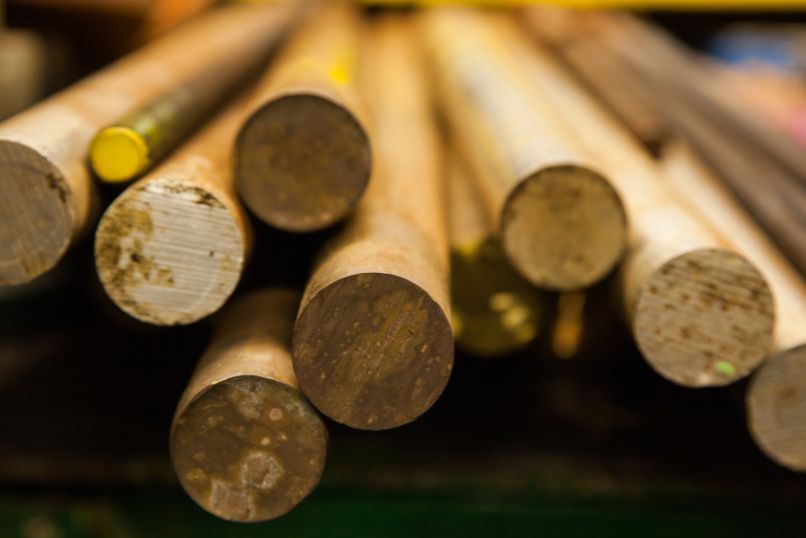Architecture reflects our society and has always been impacted by technological advancements, cultural beliefs, and artistic trends. One of the defining features of ancient and modern architecture is the use of bronze alloys in construction. Bronze, a copper and tin alloy, is known for its strength, malleability, and resistance to corrosion.
Cast bronze alloys have been used in architectural design from ancient to modern times, creating stunning and lasting monuments to human ingenuity. Let’s explore the impact of cast bronze alloys on architecture and how it has shaped the buildings we see today.
The Use of Cast Bronze in Ancient Architecture
The use of cast bronze alloys goes back to ancient civilizations such as the Mesopotamians, Egyptians, Greeks, and Romans. In ancient Greece, bronze was used to create beautiful decorative sculptures as reinforcement in load-bearing structures. The iconic bronze statue of Apollo at Delphi is a testament to the beauty and durability of bronze alloys when used in construction.
The Revival of Cast Bronze in Renaissance Architecture
During the Renaissance, bronze alloy casting became popular again as architects rediscovered ancient Egyptian and Roman designs. Bronze became common in ornate decorations, especially for churches and palaces. One of the most enduring examples of cast bronze in Renaissance architecture is the dome of St. Peter’s Basilica in Rome, created by architect Michelangelo.
Cast Bronze in Modern Architecture
The modern architectural movement has incorporated cast bronze alloys in inventive ways. Bronze is common as an aesthetically pleasing accent to otherwise stark buildings and for decorative and functional elements such as elevator doors and railings. New York City’s Flatiron building, known for its striking triangular shape, is adorned with custom-made cast bronze beams and lintels.
Sustainability and Cast Bronze
The sustainable nature of bronze has been a factor in its continued use in architectural design. Bronze has a long lifespan due to its durability, resistance to corrosion, and strength. This lifespan makes it more eco-friendly than other materials requiring frequent replacement, like wood or plastic. Additionally, cast bronze contains recycled metals and is fully recyclable at the end of its lifespan.
A Profile on Bronze Artisans and Foundries
The casting of bronze alloys requires skilled artisans and specialized foundries. The lost-wax casting technique, in which bronze gets poured into a mold made from wax, is a centuries-old practice that still uses the same tools and processes as in ancient times. Mastering this technique takes years of experience, and the foundries producing cast bronze work are part of a small and highly skilled community.
Cast bronze alloys have impacted architecture in a myriad of ways throughout history, from the ancient Greeks to the Renaissance era and modern times. Architectural design has long been shaped by cast bronze’s beautiful and durable characteristics. The sustainability of bronze as a material has made it an appealing choice for architects, and the significance of the skilled artisans and foundries that produce cast bronze work is acknowledged and celebrated. The continued use of cast bronze alloys in architecture reflects the material’s enduring power and beauty.
If you’re looking for a bronze casting manufacturer for your next architectural project, Wieland Diversified is a top choice. Contact us today to learn more about our capabilities, services, and over 100 years of combined experience in the industry.

